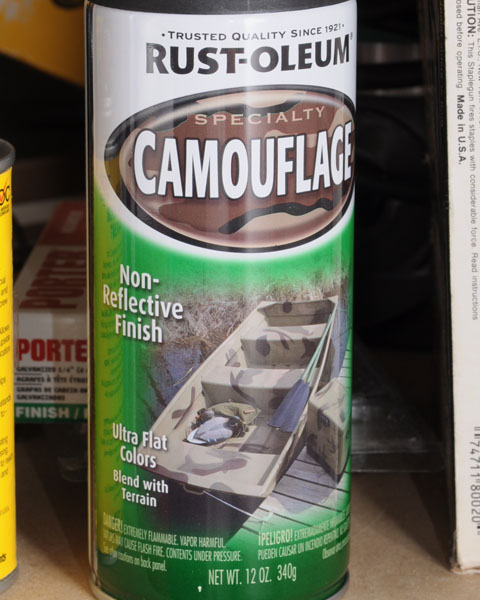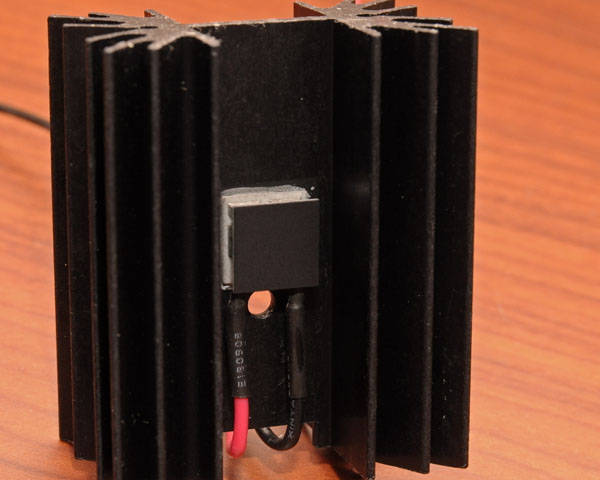jib77
0
- Joined
- Jun 19, 2010
- Messages
- 718
- Points
- 0
I found this stuff ... the words "Non-Reflective Finish" and "Ultra Flat Colors" were very attractive, so I got a can of black:

Result ... this has got to be the flattest paint Ive ever seen:


Result ... this has got to be the flattest paint Ive ever seen:





